Few countries have seen their wildlife destroyed to the extent that has blighted Mauritius in the centuries since European settlers arrived. But today, this tropical island paradise is looking to the luxury tourist industry to help turn back the clock on its devastated biodiversity, through sustainable tourism that actively supports rewilding of the island, as BBC Wildlife editor Paul McGuinness discovered.
There’s something of a perverse pride in the dodo on Mauritius. As you arrive, the stamp on your passport bears its distinct outline. The island’s gift shops are stacked with cuddly dodo toys to take home as souvenirs.
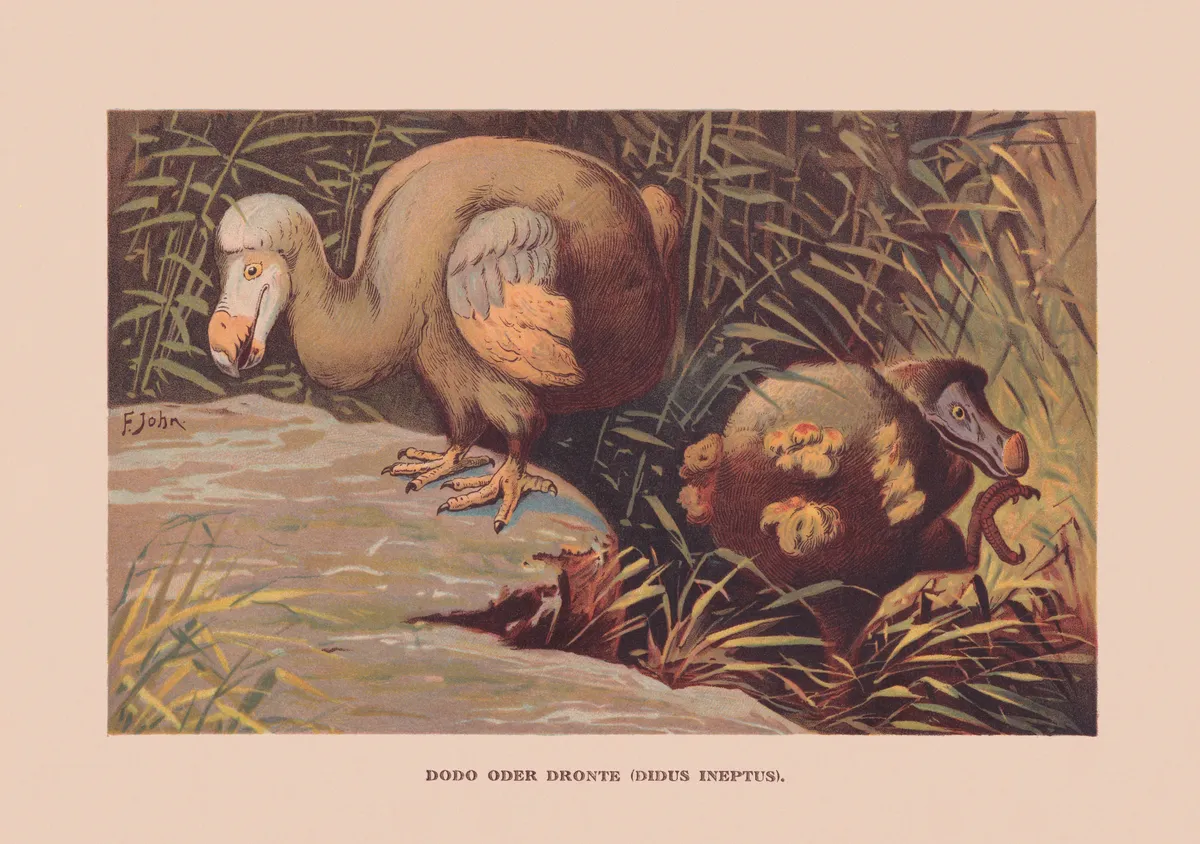
Thanks to the dodo, there’s probably no other country on earth so strongly associated with extinction as Mauritius. This tropical island paradise, formed around 10 million years ago by 23 volcanoes along a fault line between India and Madagascar, was uninhabited by humans until the 16th century. And then, in 1598, the Dutch claimed it.
This sealed the dodo’s fate. A large, flightless bird endemic to the island, the dodo was superbly adapted to an environment where food was plentiful and predators absent. But sailors and the invasive species they introduced hunted it, raided its nests and destroyed its habitat. By 1662, it was no more.
Mauritius has been colonised by countless invasive species, from giant bamboo to giant African snails
It wasn’t just the dodo that suffered as a result of human colonisation though. Following the settlement by the Dutch, then the French and, in 1810, the British, much of the island’s diversity was gone. Vast forests of ebony trees were destroyed, replaced by sugar cane, which would eventually all but cover the island, destroying untold numbers of plant and animal species.
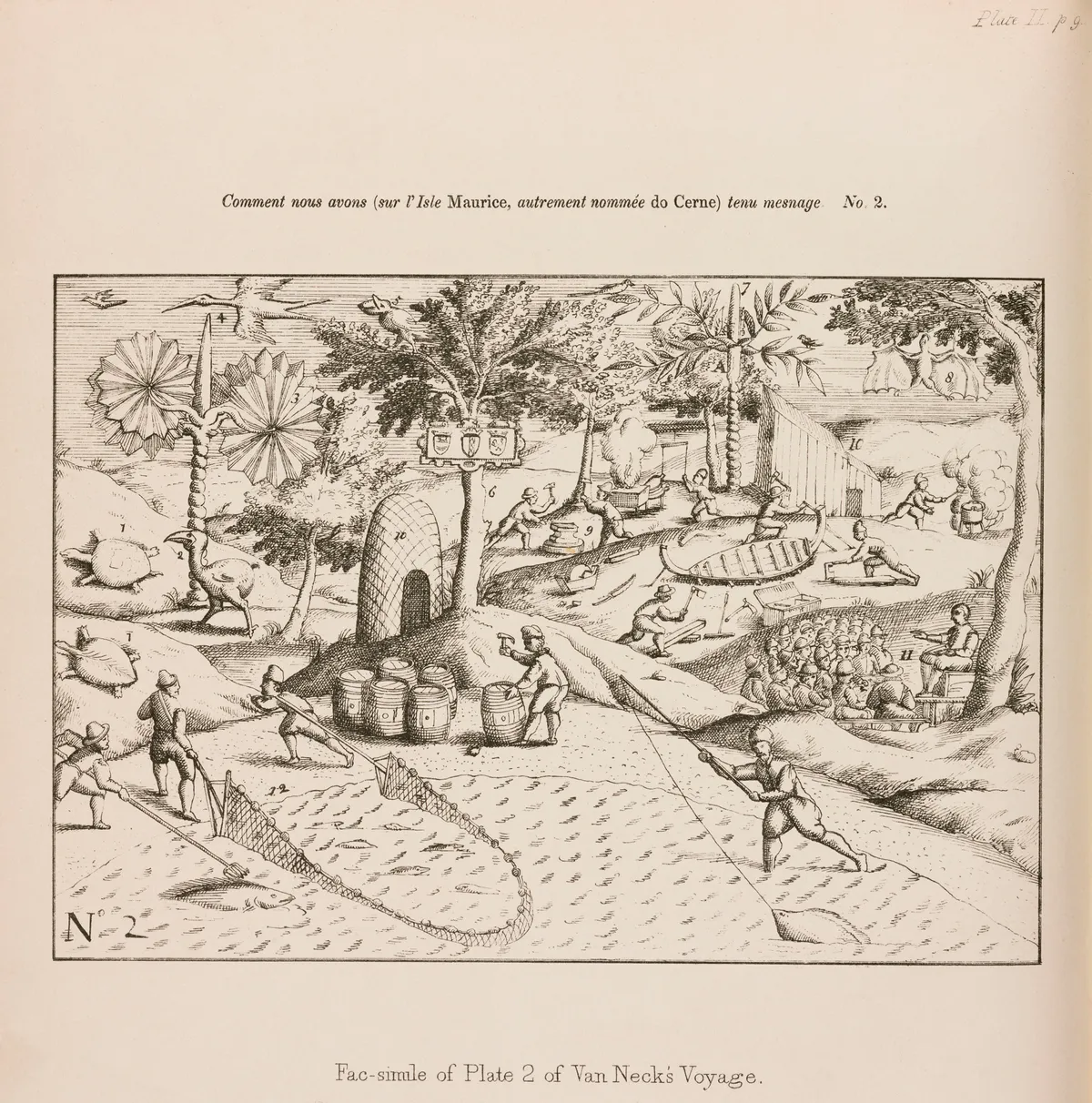
And the intervening centuries have seen Mauritius colonised not just by humans, but by countless invasive species, from the giant bamboo that spreads through the forests to the giant African snails whose shells litter the gutter of every road on the island.
“What we did have was a high rate of endemic species,” Vikash Tatayah, conservation director at the Mauritian Wildlife Foundation, tells me. “Unfortunately, like a lot of small islands around the world, the native vegetation has been sacrificed. There’s been poaching and hunting and invasive species – the rats, the cats, the mongooses, the monkeys, as well as invasive plants that are taking their toll. So Mauritius remains a place with a very highly threatened biodiversity.”
In addition to the dodo, Mauritius has lost giant tortoises, giant skinks, blue parrots, red rails and countless other species. With yet more species down to critical numbers, urgent work is underway to reverse the island’s fortunes.
The Black River Gorges-Bel Ombre Biosphere Reserve in the south-west has boasted UNESCO Man and Biosphere status since 1977 for “the conservation of the last remnants of the island’s endemic vegetation, the tropical evergreen forest”.
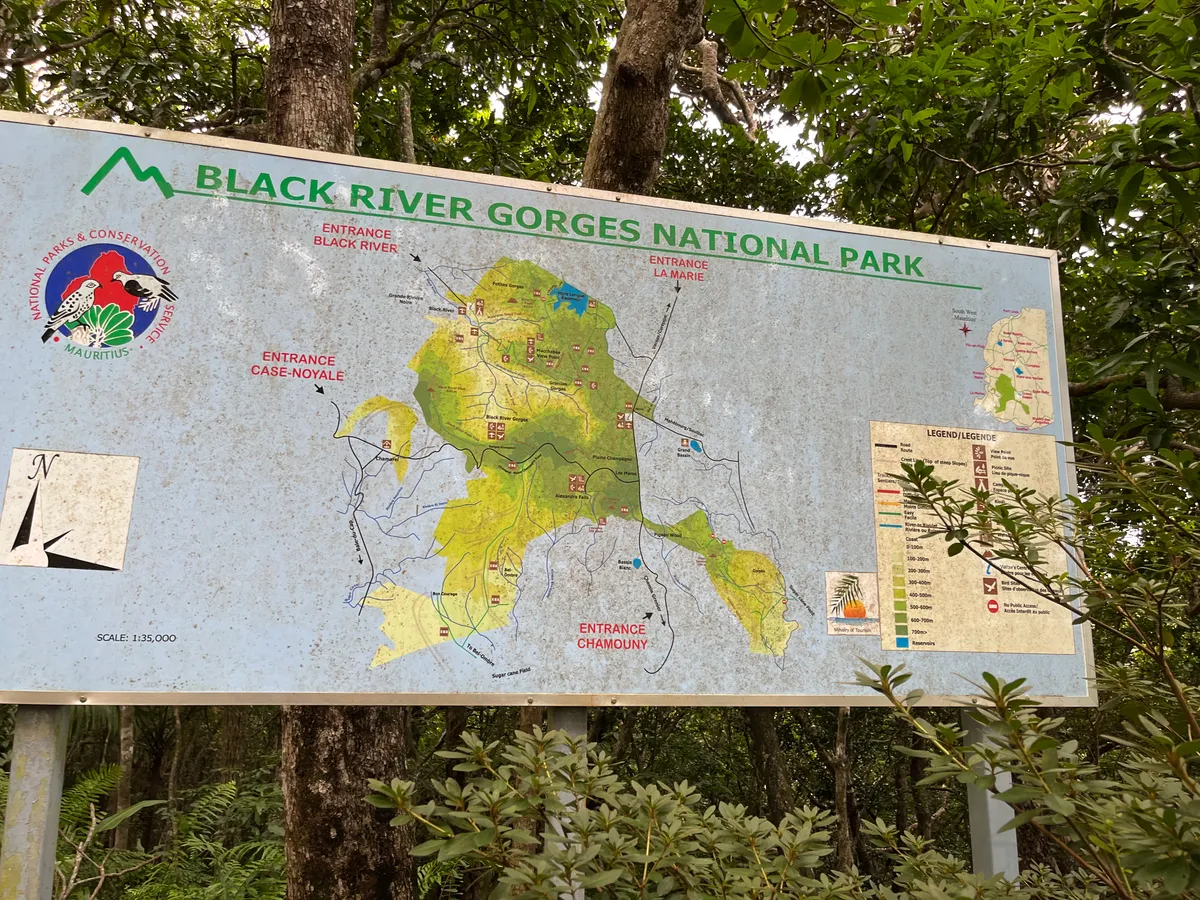
The reserve, which covers over 8,500ha in total, includes 100-150ha currently being reforested with some 100 endemic species, including ebony, palm and vetiver.
As we walk through the reserve, I’m mesmerised by the island’s only endemic mammal, the Mauritian flying fox, rustling through the canopy. White and red-tailed tropicbirds soar through the valley. From this vantage point, views down to the lagoon and out into the Indian Ocean provide an exotic backdrop to the remaining tropical jungle. My guide Nitish Dassagne points out where they have been removing invasive species such as the giant traveller’s palm.
Nitish proudly tells me of some of the successful conservation projects here. “In 1974, we had only four Mauritian kestrels left on the island. This was because we had malaria in Mauritius, so authorities were using the insecticide DDT to kill all mosquitos.” The kestrels were feeding on geckos that had been eating the poisoned mosquitos. “But now with the conservation, we have more than 350 kestrel birds on the island,” Nitish concludes.
The fates of other species, including the pink pigeon and the echo parakeet, have been similarly turned around.
Today, large areas of the island remain covered by sugar cane, but it no longer controls the economy. Tourism is one of the country’s biggest sectors and it’s not hard to see why.
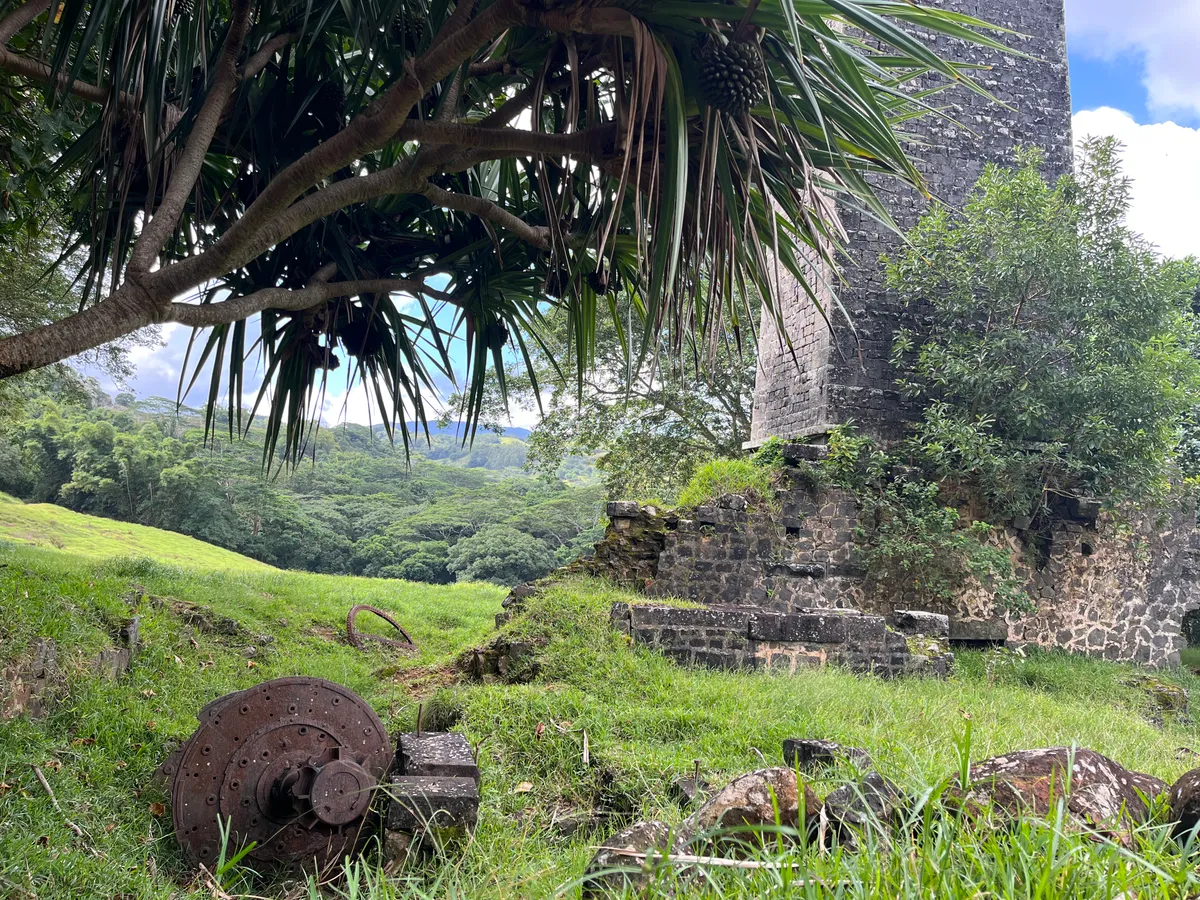
This tropical paradise is almost completely surrounded by coral reefs, enclosing a lagoon that gently laps against over 150km of golden sand. The pace is slow and the fusion of Indian, French and British cultures delivers a winning combination of familiarity and exoticism.
But, as Vikash says, Mauritius is a very long way from anywhere. “You are going to a place where you are already contributing to global climate change.” But if you take away tourism, you take away funding for conservation. It’s this challenge that has seen Mauritius increasingly look to innovate in the fields of ecotourism and sustainability.
It’s becoming urgent. Richard Stedman is chief transformation officer at the Rogers Hospitality Group in the Bel Ombre region. “Twenty five per cent of our economy is tourism and the hotels sit 50cm above sea level,” he tells me. “If the levels rise and you start having high tides – they’re gone.”
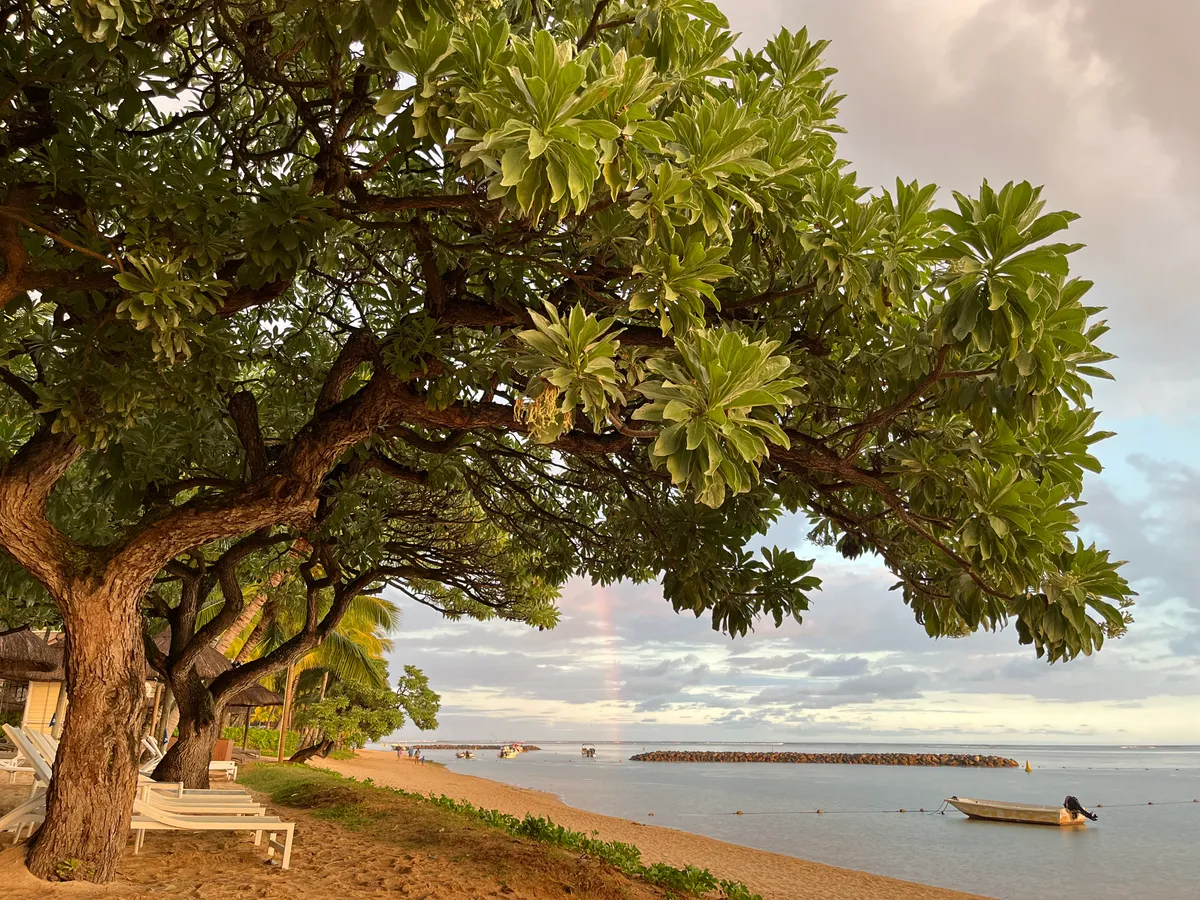
Richard is not alone in thinking that sustainability is the key to the island’s future. Vikash agrees: “The hotel which will get more business will be the hotel that can actually demonstrate that it is sustainable. Not just talk about it, not just pretend about it, not just greenwash about it, but can actually demonstrate they’re doing it.”
As recently as 2017, the UNESCO status of Mauritius risked being removed, threatening serious reputational damage to the government. The status was preserved thanks in part to intervention from a tourism sector that recognised its value. Vikash acknowledges this: “What I think is very interesting is how the Bel Ombre group latched on to the concept of Man and Biosphere, saying, ‘Our land is actually part of this Man and Biosphere,’ and they almost championed it within the group. They could have just said, you know, ‘Let the government get on with it and let them save it’, but they actually waded in to try to prevent it being lost.”
Richard tells me that change in Mauritius isn’t only led by the government. “Private sector will always want things quicker; the government has its pace. But at least it’s moved in the right direction.” As we watch the flying foxes take to the orange dusk skies, he reflects: “Island speed is island speed, you can’t fight it. And that’s why half of us enjoy living here – island speed.”
But Richard’s frustration is evident, because there’s so much to be done – and the reef is in as much trouble as the land. Rising sea temperatures and pollution are contributing factors to reef damage, but water sports around the island are also a big issue. Here in Bel Ombre, they’ve stopped water skiing. While as little as 20 per cent of the island’s reefs are healthy, those in Bel Ombre are at 50 per cent, and work is underway to push that figure higher.
Mauritius is increasingly looking to innovate in the fields of ecotourism and sustainability
Alexandre Piat is sustainability development manager at Heritage Resorts in Bel Ombre. “We stopped our ski activities and we wanted to work with different NGOs,” he tells me. Artificial reefs were created in the lagoon, which are monitored regularly. “It’s not only for our piece of beach, just in front of our hotels, but for the whole lagoon,” he says.
The next stage, Alexandre says, is coral farming, but again, progress is at island pace: “Everything takes time here in Mauritius. We are still waiting for the authorisation so we can grow corals inland. We’ll take the resilient corals, try to multiply them inland and then put them back [in the reef].” Another project, in conjunction with Odysseo, a marine centre in Port Louis, capital of Mauritius, hopes to return seahorses to the reef.
Further inland, reforestation is already well under way thanks to more public-private initiatives. The national parks have mother stocks of the finest of the remaining endemic plants, so the government provides the plants, but it can be down to other organisations to get them planted. Partly out of necessity, but also to give Mauritian people ownership, Richard tells me they organise green days, where locals and tourists alike can come and get involved, helping with the endless removal of exotics and the planting of endemics. It’s great to offer tourists the chance to give back to a country when they visit, but as yet, it’s not something that every tourist considers.
So how important is it to engage tourists with nature? “Let’s face it, most tourists that come to Mauritius are coming for the sea, the sun and the sand,” Vikash says. Its unique natural history does bring birders and people who love rare plants, but they are still a minority. Nature needs to become a central part of the Mauritius experience.
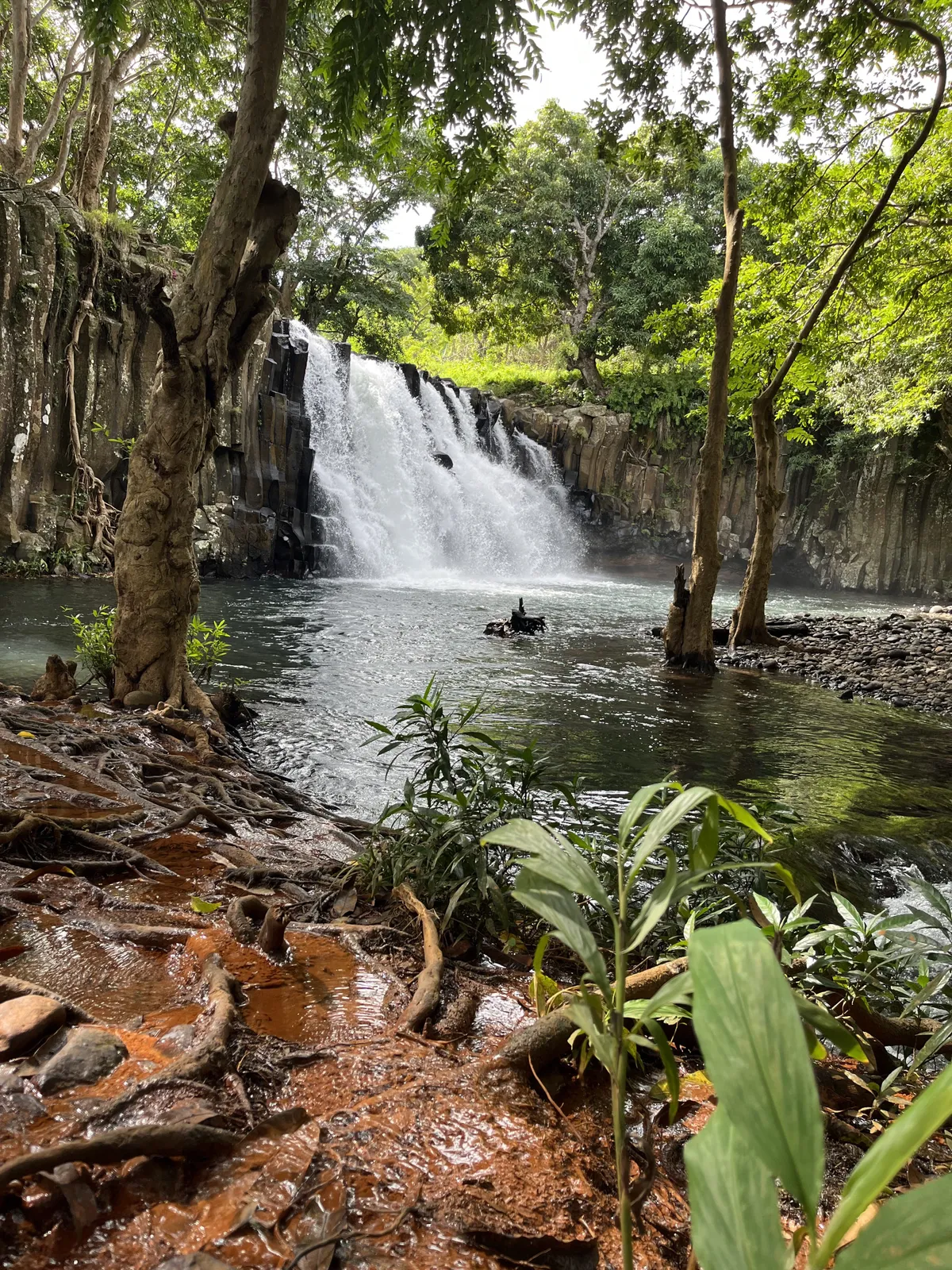
Richard agrees that Mauritius doesn’t see itself purely as a wildlife destination: “We see ourselves as all aspects of Mauritius. It’s nature, whether that nature be the sea, the lagoon, the forest, the hills. I don’t think we want to be so niche as to say, ‘Just come and see the pink pigeon’.
“But, you know, there’s all the different coral gardens that you come and see, so there’s a range of Indian Ocean wildlife.”
So if Mauritius isn’t looking to become a wildlife tourism hotspot, how does tourism benefit the island’s biodiversity? The answer may well lie in the sustainability drive, and Bel Ombre is pioneering an interesting twist.
Heritage Resorts already ensures that its stays in Bel Ombre are carbon neutral, with no single-use plastics, and locally sourced produce. It has a target of 80 per cent renewable energy by 2025.
Alexandre agrees with Vikash that it’s important to be able to clearly demonstrate actions, not just words – data is key. Alexandre claims to know the impact of each visitor. It’s relatively straightforward to calculate the average energy consumption or water consumption of each guest, but the difficult part is what he calls the indirect emissions. This involves working with their Indian Ocean suppliers to understand the detail, right down to the footprint of every piece of fruit on the breakfast buffet. “It’s complicated. It’s a big Excel sheet!” Alexandre says with a laugh.
The resort currently buys ‘carbon credits’, which it spends on a photovoltaic farm in the north of the island – a way of offsetting clients’ emissions. And it’s now in the process of getting its own reforestation project, on it’s own land, accredited for carbon credits. In this way, tourism at Bel Ombre will directly drive the reforestation of the island’s endemic forests, so visitors to this former paradise can help turn back the clock on the damage done by those who have previously come here over the last 400 years or so.
Mauritius may not be alone in such projects, but it’s hard to think of another country where the devastation of species and habitats has been so widespread.
If it’s possible for tourism to contribute to such wholescale reversal of nature’s fortunes, then the future really does look bright. But it only works when government, NGOs and private enterprise work together. As Richard so neatly phrases it, “In the end, all the hands need to clap.”
